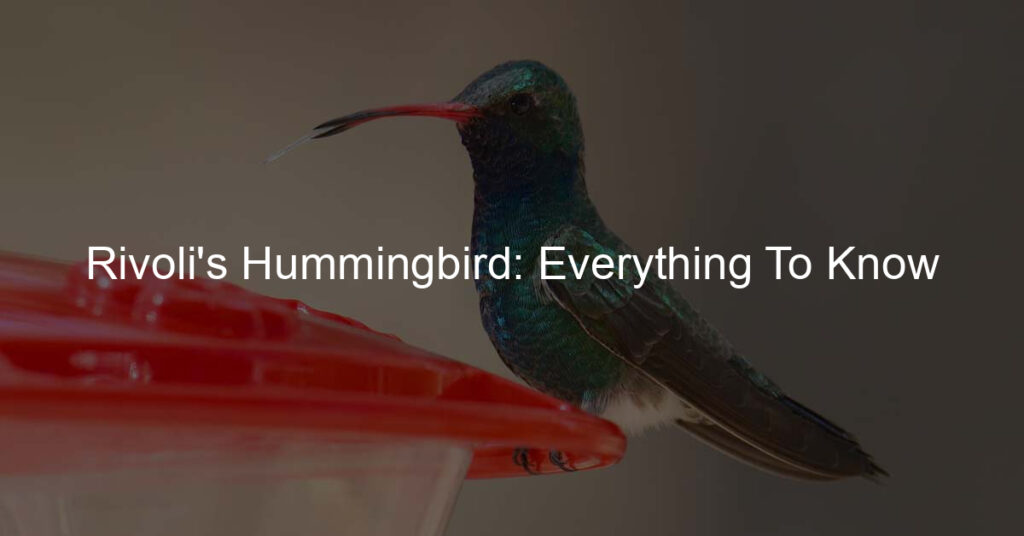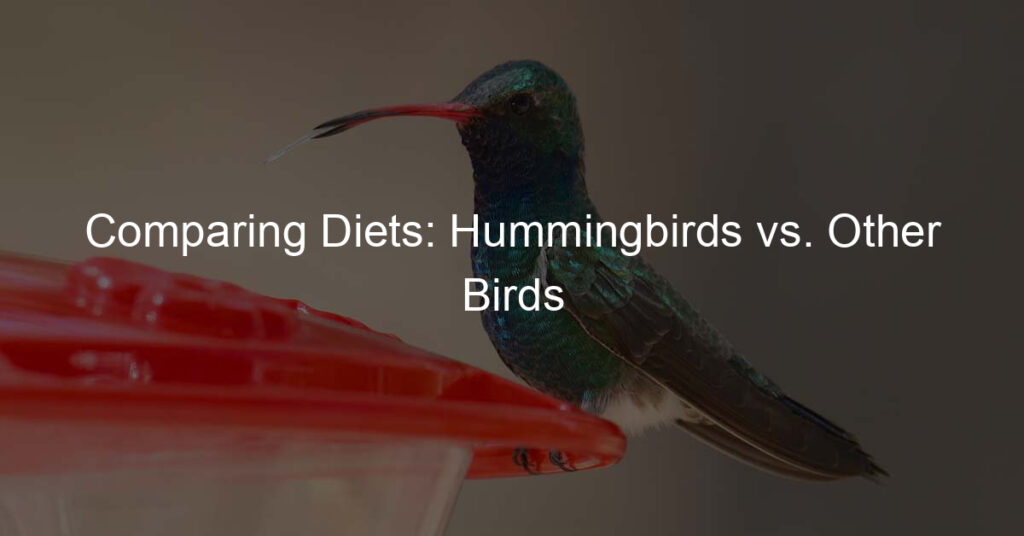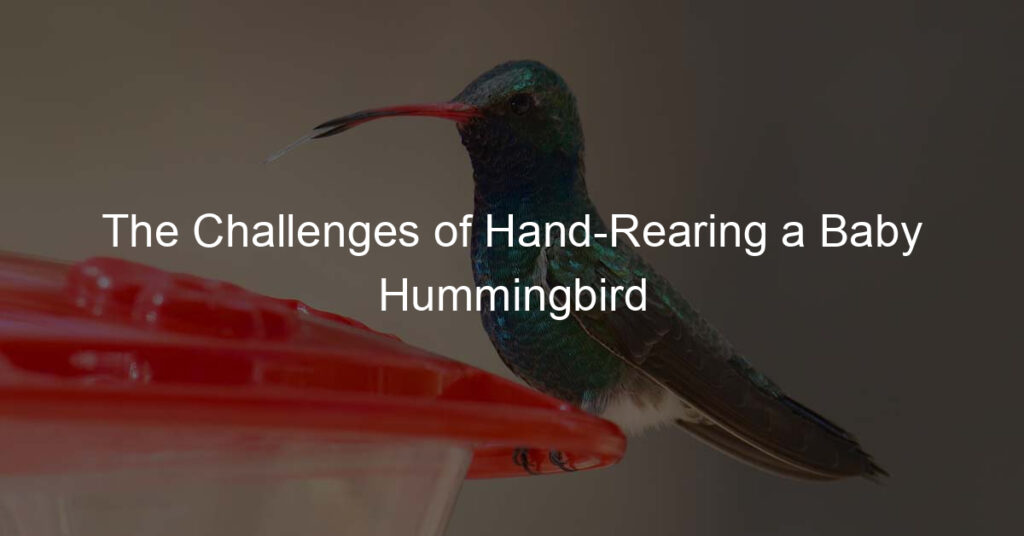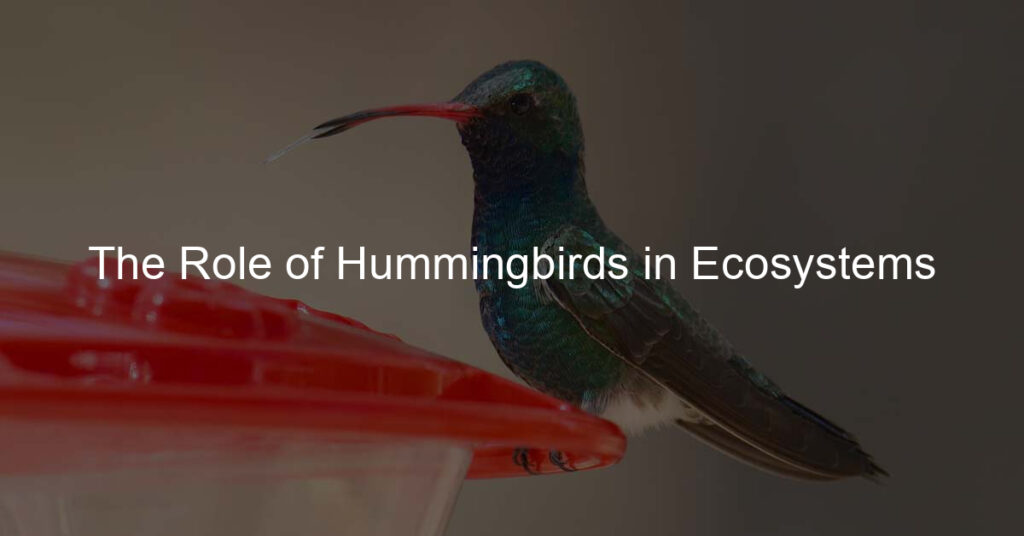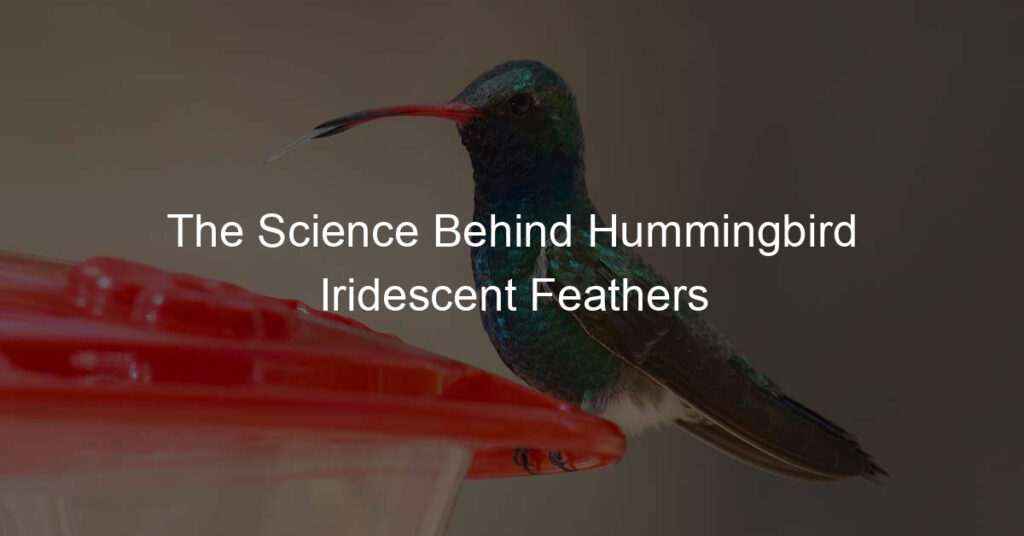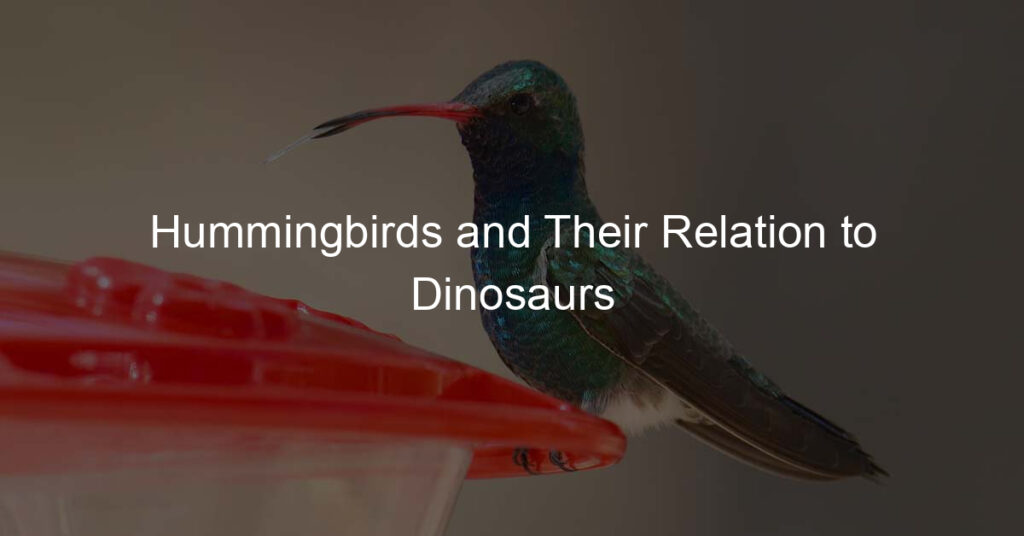With its iridescent green back, bright red throat, and long curved beak, Rivoli’s hummingbird is one of the most beautiful birds in North America. Native to Mexico and Central America, it is a small species of hummingbird named after an Italian nobleman. This spectacular bird has several interesting behaviors that make it a fascinating species to observe. Let’s take a closer look at Rivoli’s hummingbird and some of its unique traits.
What Is Rivoli’s Hummingbird?
The magnificent Rivoli’s Hummingbird is a species of hummingbird that brilliantly lives among the montane forests and fields of the Mexican Transvolcanic mountain range. More endearingly called the blue-throated mountain gem by birders, this magnificent hummingbird has evolved with one of the longest tails in relative comparison to body size out of all North American birds. Blue-throated hummingbird is an apt nickname as its throat feathers shimmer in brilliant blues and green throat when exposed to sunlight.
In 2017, scientists divided the Magnificent Hummingbird into two distinct species and gave one the name Rivoli’s – a bird found in the U.S.-Nicaragua area that has an iconic purple gorget. The other they named Talamanca Hummingbird; this species is easily distinguished by its blue-colored gorget instead of purple. They were called magnificent hummingbirds before the split.
Origin Of Rivoli’s Hummingbird
The Rivoli’s hummingbird is native to Mexico and Central America—specifically, they are found in parts of western Mexico, Guatemala, El Salvador, Honduras, Nicaragua, Costa Rica, and Panama. They can be found in altitudes ranging from sea level up to 8200 feet. The majority of Rivoli’s hummingbirds are found in western Mexico but occasionally they have been spotted as far north as Arizona and New Mexico in the United States.
Read More: Costa’s Hummingbird: Everything To Know
What Is Their Natural Habitat?
Rivoli’s hummingbirds prefer open woodlands with thorny shrub vegetation as well as areas with pine-oak forests or evergreen cloud forest vegetation. They also tend to live near streams or rivers with dense tree cover to find food sources like flowers and insects.
They build their nests on branches of trees that are between 15-20 feet off the ground. This allows them easy access to their food sources while also keeping them safe from predators like eagles or hawks that may hunt from above. Shady canyons, dense brush, and mountain slopes are also popular areas for these birds.
Appearance And Diet
The Rivoli Hummingbird is easily one of the most colorful birds around. It boasts bright green feathers on its back and wings, which are accented by a deep blue-purple hue on its head and chest. The sides of its head also feature white spots that provide contrast against its main coloring. All in all, it has an incredibly vibrant appearance that will surely catch your eye if you spot one in the wild.
As with any hummingbird species, Rivoli Hummingbirds primarily consume nectar from flowers as their main source of nutrition. They supplement this with any insects they can find while flying around; these provide the additional protein needed for proper growth and development. During the breeding season, adult males may even opt for overripe fruits or sugary beverages if available as an extra energy boost for mating rituals or nest-building activities.
Read More: When Do Hummingbirds Arrive In Missouri?
Unique Behaviors
Rivoli’s hummingbirds are solitary birds that rarely interact with other species. They tend to stay away from other birds unless they are breeding. During the breeding season, the males become highly territorial and will defend their nesting area against any intruders—even large hawks! The males are also known for their elaborate courtship displays which involve hovering high in the air and then diving straight down at top speeds, creating a loud buzzing sound as they do so.
In addition to their stunning aerial displays, Rivoli’s hummingbirds have some unique feeding habits. Unlike other species of hummingbirds that feed on nectar from flowers, Rivoli’s hummingbirds prefer insects like gnats and mosquitoes instead! They can often be seen flying slowly through forests or meadows catching unsuspecting insects in mid-air with their long bills. They also love sugary fruits like blueberries and cherries when they can find them.
Read More: When Do Hummingbirds Arrive In Minnesota?
Reproduction In Rivoli Hummingbirds
Rivoli’s Hummingbirds breed between February and August, depending on the geographic region. The female builds her nest in a protected area like a tree hollow or a shrub. The nest is made up of plant material, spider webs, downy feathers, and moss to provide insulation for the eggs. After laying two eggs per clutch (each clutch contains one egg that usually hatches), she incubates them for about 14 days before they hatch. She will then feed and care for the chicks until they fledge at around 18-21 days old.
Nesting Habits And Migration Patterns
Rivoli’s Hummingbirds are known for building their nests in sheltered areas, such as trees or shrubs. The female builds the nest from plant material, spider webs, downy feathers, and moss to provide insulation for the eggs. She typically lays two eggs per clutch and incubates them for 14 days before they hatch. Once the chicks have hatched, she will feed and care for them until they fledge after 18-21 days. In order to protect both adults and young from predators, Rivoli’s hummingbirds often build their nests near thorns or other protective features.
Rivoli Hummingbirds migrate seasonally in search of food sources during the winter months. They tend to migrate south between October and March and return north around April. During their migration, they may travel as far as Central America or the Caribbean Islands in search of food sources.
Read More: When Do Hummingbirds Arrive In Tennessee?
Conclusion
Rivoli’s Hummingbirds are an incredible species of bird. With their vibrant colors, unique feeding habits, and aerial displays, they are sure to bring joy to any bird enthusiast. To protect these beautiful birds from extinction, we must continue our efforts in conservation and habitat protection for the future generations of Rivoli’s hummingbirds. By doing so, we can ensure that these brilliant creatures will be around for years to come.
Read More: When Do Hummingbirds Arrive In Virginia

